Samsung capitalises on Huawei downturn as profits surge
The South Korean tech giant managed to rake in record-breaking revenues in Q2
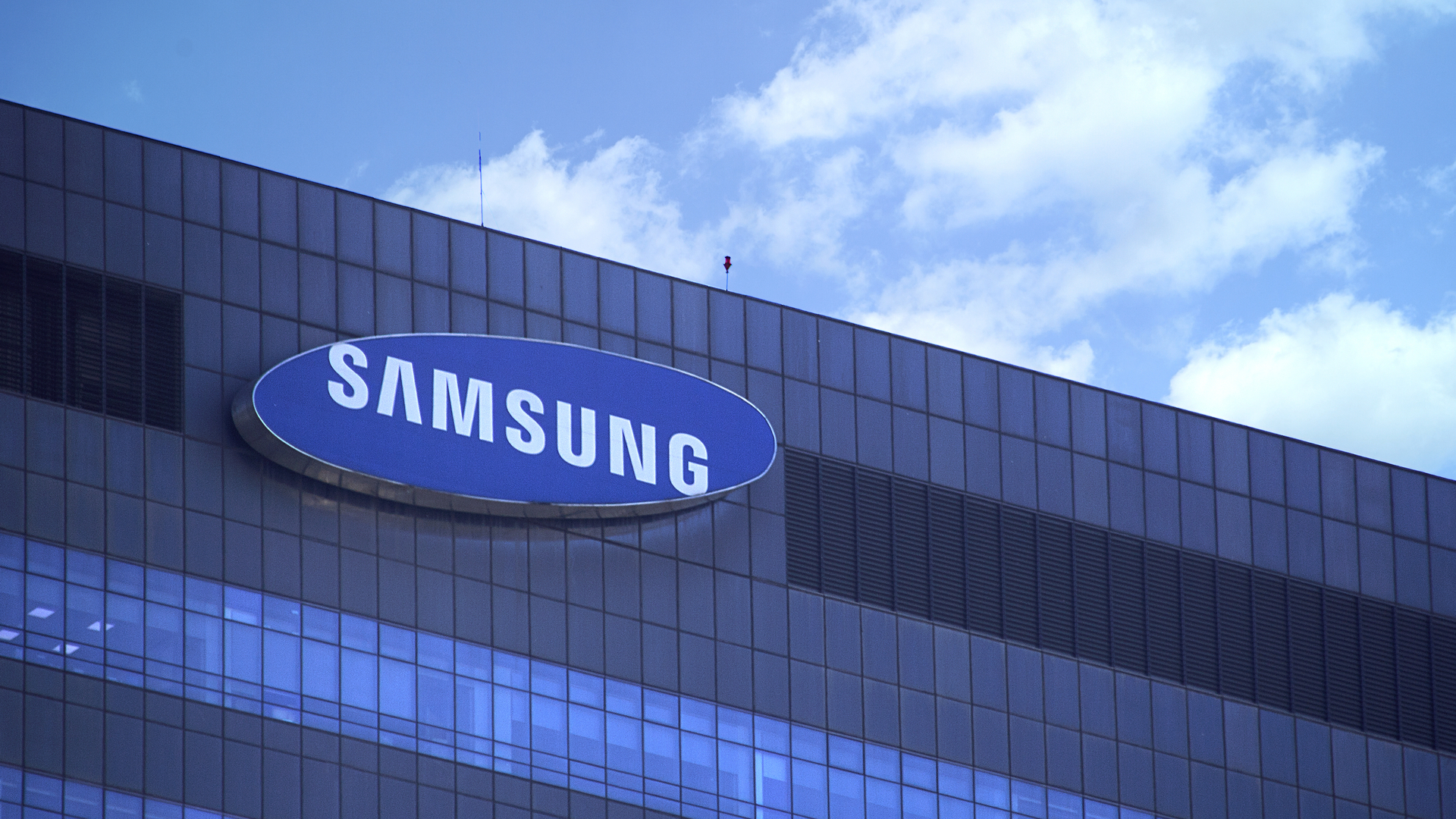

Samsung registered record-high revenues in the third quarter of 2020, reclaiming its title of the global tech leader at a time when nearest rival Huawei remains quashed by US sanctions.
The Korean tech giant managed to rake in a record-breaking 66.96 trillion won (£45.4bn) in consolidated revenues between July and September 2020, an increase of 8% from Q3 of 2019.
Samsung’s operating profit skyrocketed to 12.35 trillion won (£7.78 bn) a 52% increase from the previous quarter. Meanwhile, its net profit increased by 49% to 9.36 trillion won (£6.31 billion).
The company’s exceptionally strong revenues are credited to its 50% increase in smartphone sales and a staggering 82% rise in microchip profits.
Strong sales of Samsung’s premium TVs and appliances also contributed to the impressive results.
Samsung's gains appear to have been at the expense of rival Huawei, which is suffering steady decline as a result of tough US sanctions and a number of countries moving to ban the sale of its networking technology.
Last week, it was reported that the Chinese tech giant's revenue growth for the first three quarters of 2020 had drastically slowed down in comparison to the same period last year. Huawei saw revenues increase by just 9.9% from January to September – that's compared to record growth of 24.4% recorded in the first nine months of 2019.
Get the ITPro daily newsletter
Sign up today and you will receive a free copy of our Future Focus 2025 report - the leading guidance on AI, cybersecurity and other IT challenges as per 700+ senior executives
Commenting on the revelations in a blog post, Huawei said its business results “basically met expectations”.
Last July, Huawei briefly held the title of the world's biggest smartphone brand, managing to outsell Samsung for the first time in the second quarter of 2020. It managed to ship 55.8 million devices, according to research from Canalys, with 70% of its business in the Chinese mainland. In comparison, second-placed Samsung shipped 53.7 million smartphones, a 30% fall against its Q2 2019 results.
Canalys senior analyst Ben Stanton said that “few people would have predicted” the “remarkable result”.
"If it wasn't for COVID-19, it wouldn't have happened,” he added.
However, although impressive, the success was short-lived and largely credited to Huawei’s presence in China, where the markets were early to reopen following lockdown restrictions. By the end of Q2, Samsung managed to recover from the economic effects of the pandemic and reclaim the top spot.
Having only graduated from City University in 2019, Sabina has already demonstrated her abilities as a keen writer and effective journalist. Currently a content writer for Drapers, Sabina spent a number of years writing for ITPro, specialising in networking and telecommunications, as well as charting the efforts of technology companies to improve their inclusion and diversity strategies, a topic close to her heart.
Sabina has also held a number of editorial roles at Harper's Bazaar, Cube Collective, and HighClouds.
-
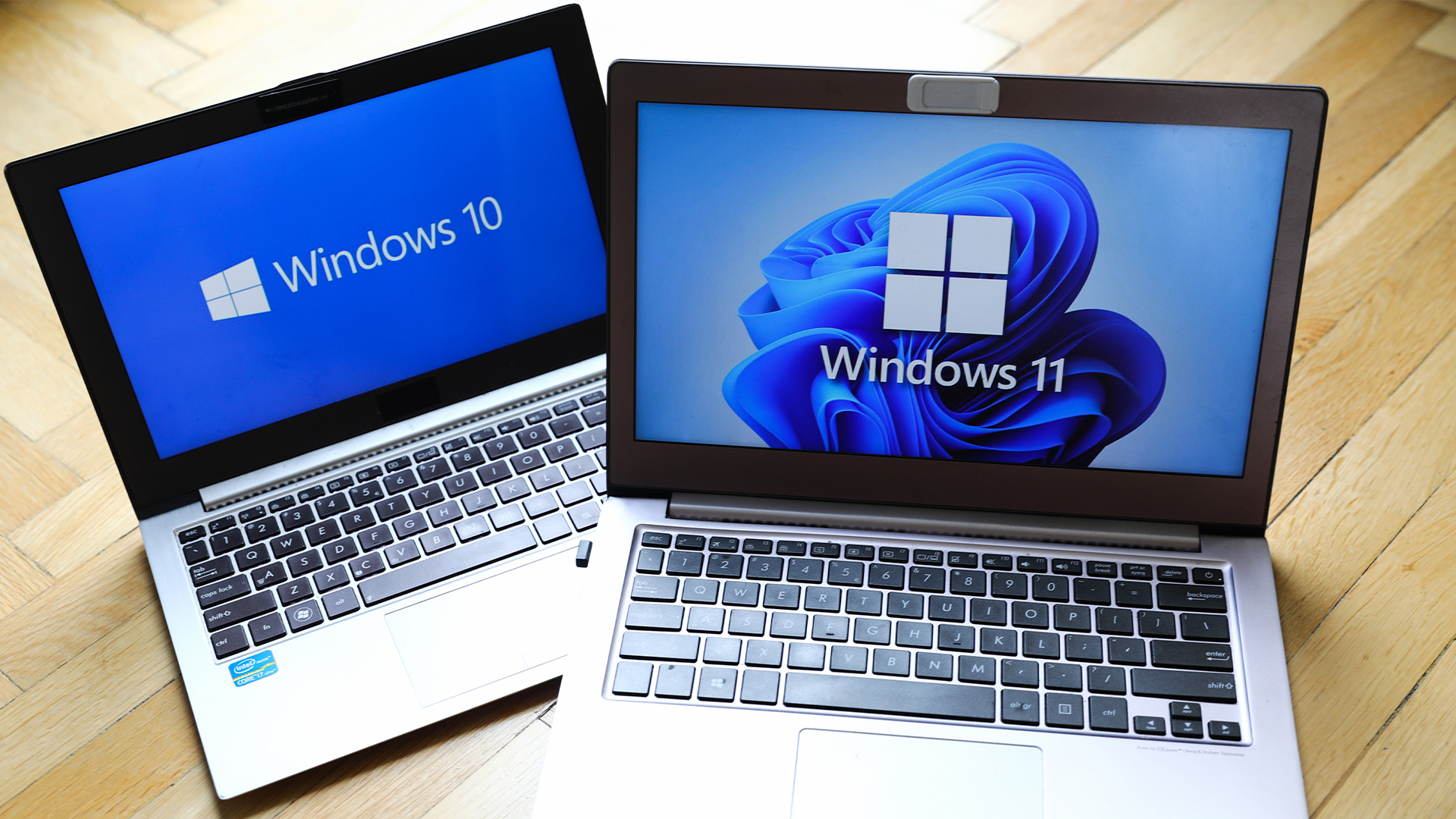 Dragging your feet on Windows 11 migration? Rising infostealer threats might change that
Dragging your feet on Windows 11 migration? Rising infostealer threats might change thatNews With the clock ticking down to the Windows 10 end of life deadline in October, organizations are dragging their feet on Windows 11 migration – and leaving their devices vulnerable as a result.
By Emma Woollacott
-
 Should AI PCs be part of your next hardware refresh?
Should AI PCs be part of your next hardware refresh?AI PCs are fast becoming a business staple and a surefire way to future-proof your business
By Bobby Hellard
-
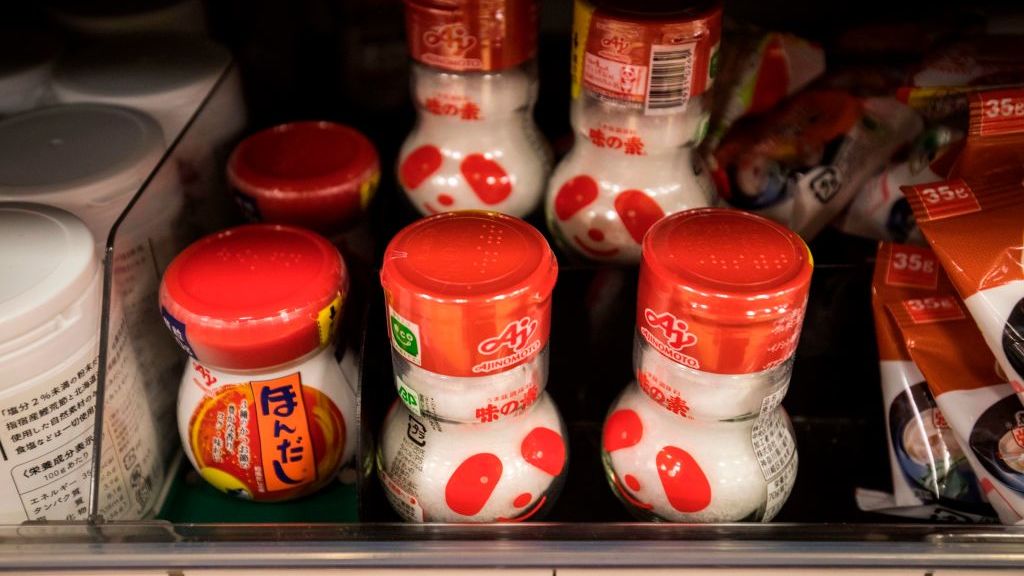 MSG giant Ajinomoto's chipmaking foray helps break financial records
MSG giant Ajinomoto's chipmaking foray helps break financial recordsNews In addition to umami seasoning, the company produces a microfilm insulation used by the semiconductor industry which was repurposed from its amino acid technology
By Zach Marzouk
-
 IBM unveils its 'most powerful' 433-qubit quantum processor
IBM unveils its 'most powerful' 433-qubit quantum processorNews The Osprey is three times more powerful than IBM's 127-qubit Eagle processor the company launched a year ago
By Zach Marzouk
-
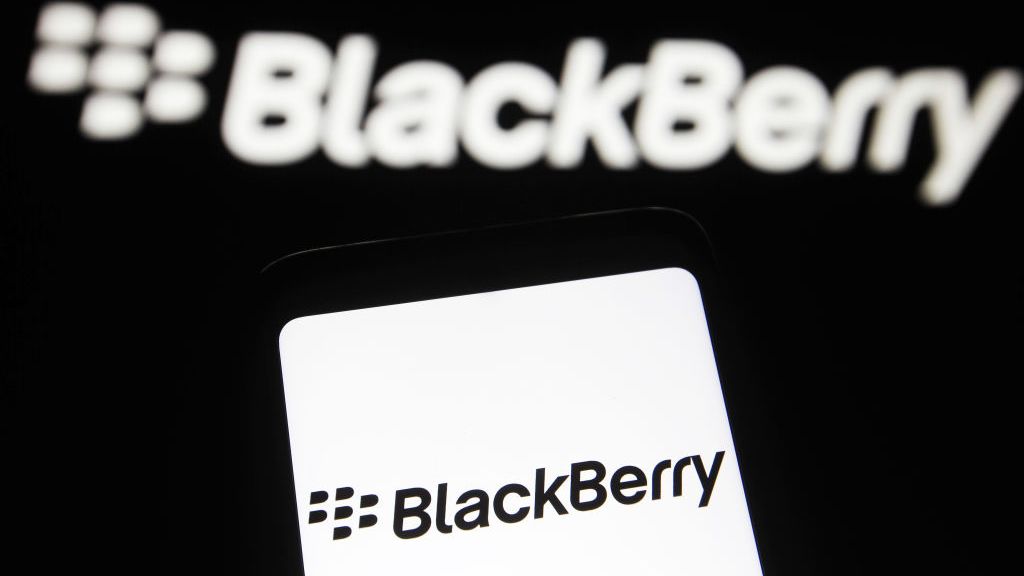 Blackberry revenue falls by 4% as cyber security division takes hit
Blackberry revenue falls by 4% as cyber security division takes hitNews Despite this, the company’s Internet of Things (IoT) division increased its revenue by 28% as it attracted new customers from the automotive sector
By Zach Marzouk
-
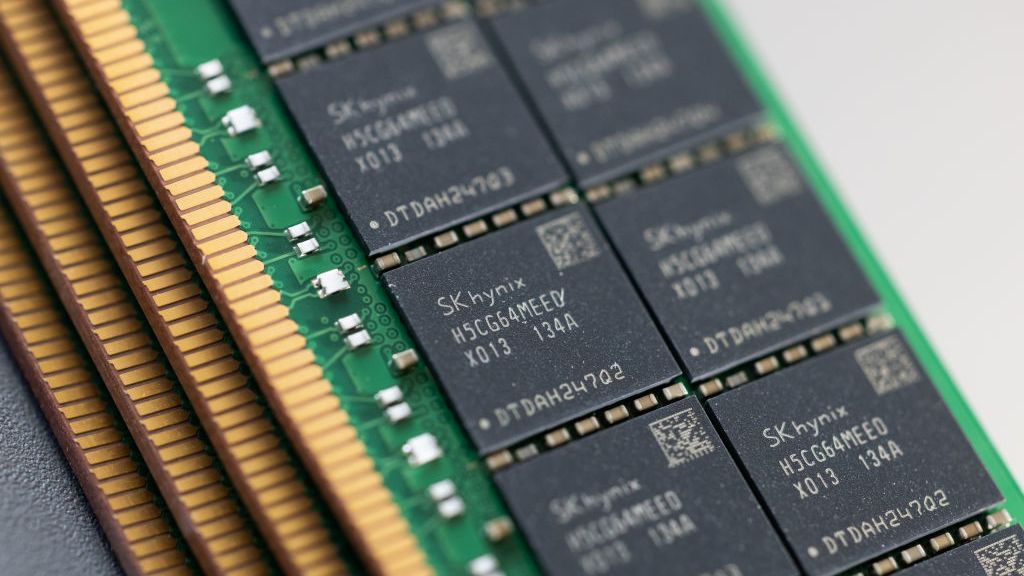 SK Hynix splashes out $11 billion on new semiconductor plant
SK Hynix splashes out $11 billion on new semiconductor plantNews The company will produce memory chips, but will reportedly decided closer to the time whether they will be DRAM or NAND flash chips depending on market conditions
By Zach Marzouk
-
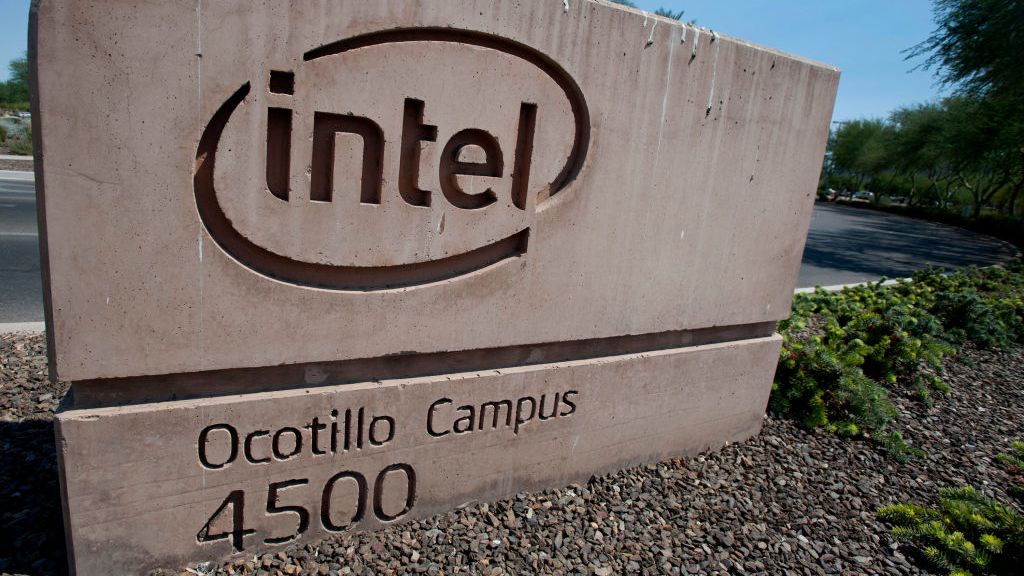 Intel strikes $30 billion private equity partnership to fund Arizona plant expansion
Intel strikes $30 billion private equity partnership to fund Arizona plant expansionNews Brookfield Infrastructure Partners will invest around $15 billion into the expansion of the chipmaker’s Ocotillo campus
By Daniel Todd
-
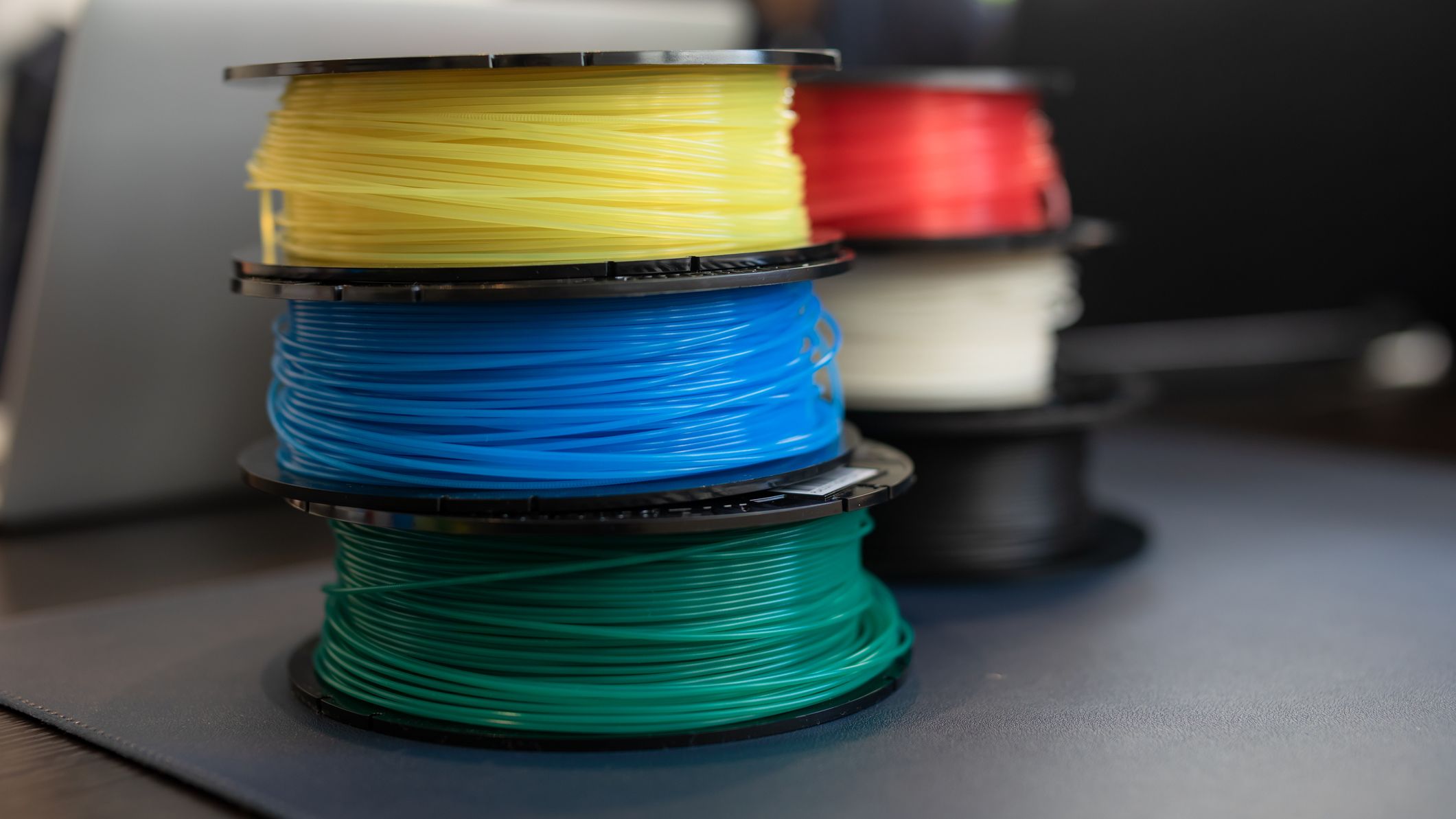 The best 3D printer tools and accessories for your business
The best 3D printer tools and accessories for your businessIn-depth Every business using 3D printers should be aware of these essential extras to raise its output to the next level
By Rory Bathgate
-
 LED vs laser printers: Which is better for business?
LED vs laser printers: Which is better for business?In-depth Laser and LED printer technology is similar, but each come with their own unique benefits that could make them best for your company
By Rory Bathgate
-
 Intel to produce chips for Taiwanese manufacturer MediaTek
Intel to produce chips for Taiwanese manufacturer MediaTekNews The agreement comes after the US chip company managed to secure deals with Amazon and Qualcomm last year
By Zach Marzouk